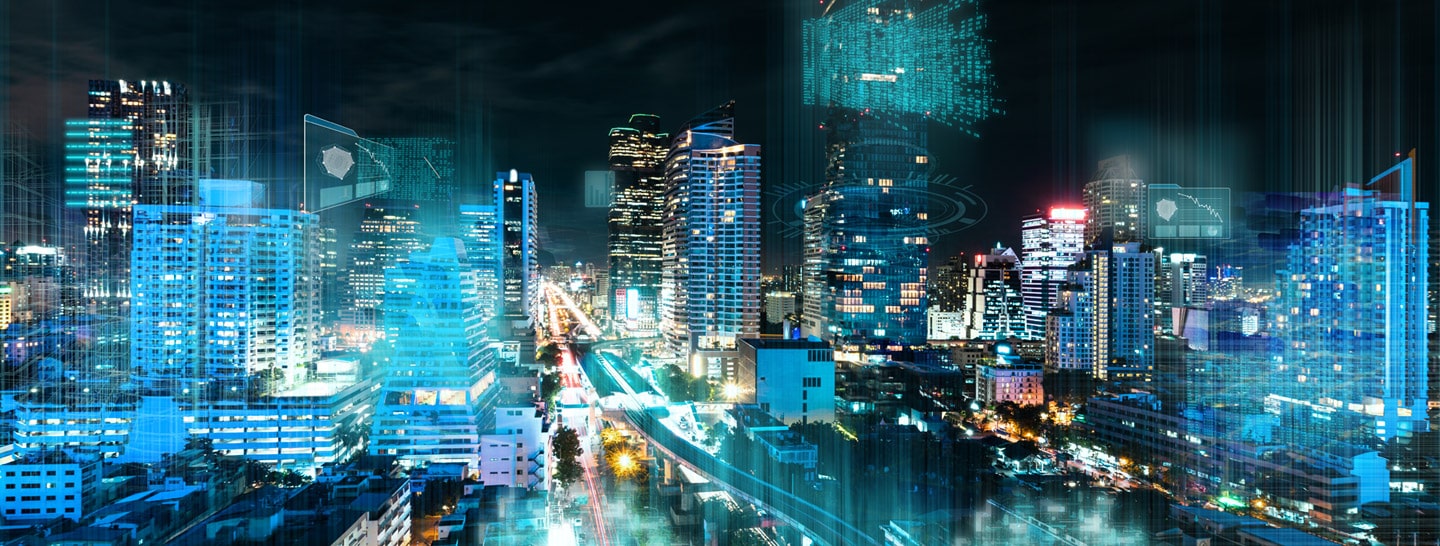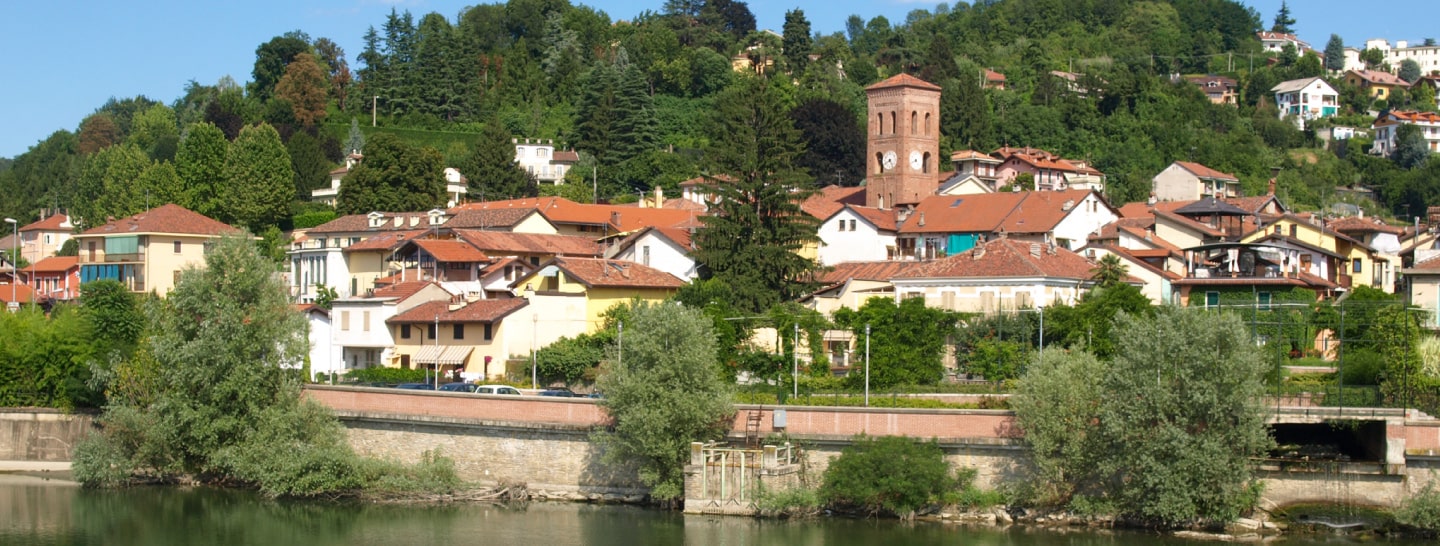A significant portion of the energy every public building consumes is generated by its interior and exterior lighting systems, and above all by its heating and cooling systems.
A number of measures of varying complexity can be taken in order to improve a public building’s energy efficiency:
- Replacing traditional lights with more efficient units that use LED technology, saving up to 80% on energy.
- Replacing heating and cooling equipment with electric heat pumps, or with renewable heat sources such as geothermal units: these innovative and sustainable systems significantly reduce the amount of electricity needed, provide greater comfort, improve performance, and simplify building energy management.
- Installing heat pump systems coupled with solar panels: these systems ensure maximum savings by using energy generated by the panels during the day to power the heat pump, which experiences its peak use during that same period.
- Installing an energy monitoring system that tracks energy usage to make it easier to discover where and how to achieve savings.











